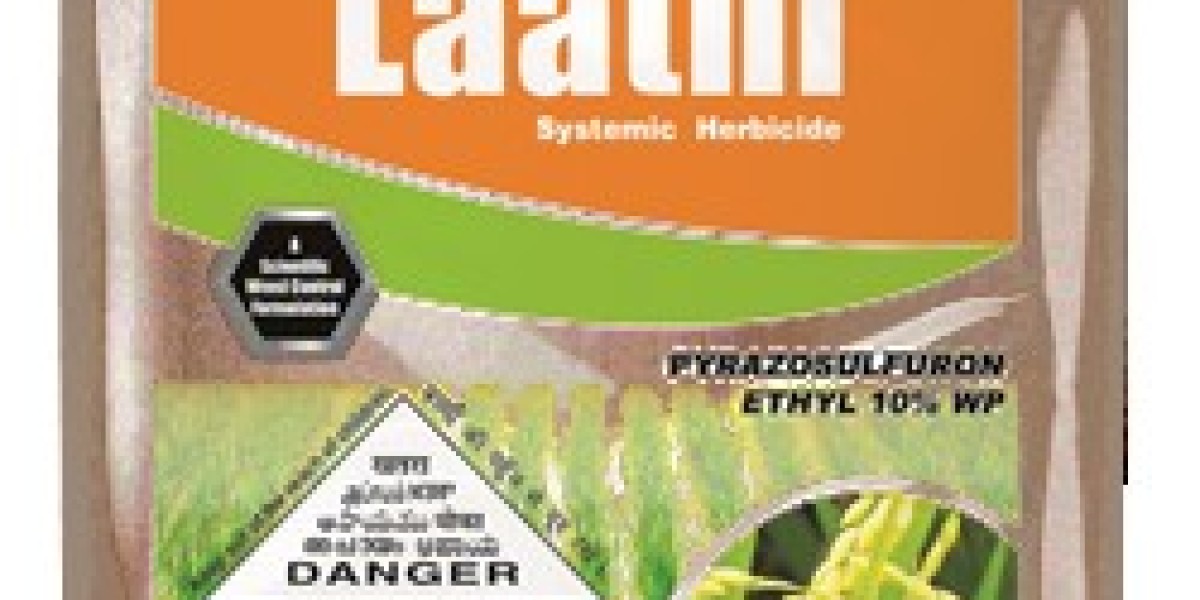In this blog, we’ll dive into how these solutions work and why they should be a key part of your crop protection strategy.
1. Post-Emergent Herbicide: Controlling Weeds After They Emerge
A post-emergent herbicide is applied after weeds have sprouted and are visible above the ground. Unlike pre-emergent herbicides (which prevent seed germination), post-emergents kill existing weeds, making them ideal for mid-season weed management.
? Benefits of Post-Emergent Herbicides:
Targets actively growing weeds
Helps recover crops that already show signs of weed competition
Offers selective or non-selective options
Can be applied over crops without damaging them (if selective)
? Best Practices:
Identify the weed species to choose the right active ingredient
Apply when weeds are young and actively growing
Avoid application during drought or heat stress to maximize effectiveness
➡️ Example: Glyphosate and clethodim are commonly used post-emergent herbicides in various cropping systems.
2. Choosing the Right Soybean Herbicide
Soybeans are particularly sensitive to weed competition, especially during the early stages. The right soybean herbicide helps minimize losses and ensures optimal pod formation and grain filling.
✅ Types of Soybean Herbicides:
Pre-emergent: Applied at or before planting (e.g., metribuzin, flumioxazin)
Post-emergent: Applied after weeds and soybeans emerge (e.g., lactofen, fomesafen)
? Integrated Approach:
Many growers use a two-pass system: one pre-emergent and one post-emergent herbicide application. This approach controls a broader spectrum of weeds and prevents resistance.
? Key Considerations:
Weed species present (broadleaf vs. grassy weeds)
Crop stage and tolerance
Herbicide resistance management
A well-timed soybean herbicide application ensures that weeds don’t outcompete your soybeans for sunlight, water, and nutrients.
3. Flubendiamide 20 WG: Targeted Insect Control for Lepidopteran Pests
While weeds are a major concern, insect pests also threaten crop health—especially caterpillar species like the armyworm, bollworm, and stem borer. That’s where Flubendiamide 20 WG comes in.
? What is Flubendiamide 20 WG?
It’s a wettable granule insecticide that targets lepidopteran larvae by affecting their muscle function, causing paralysis and death.
? Key Advantages:
Highly effective against a wide range of caterpillar pests
Systemic and long-lasting protection
Safe on beneficial insects like pollinators when used correctly
Low toxicity to humans and animals
? Usage in Crops:
Cotton: Controls bollworms
Rice: Controls stem borers and leaf folders
Soybeans, tomatoes, and cabbage: Controls various lepidopteran larvae
Apply Flubendiamide 20 WG early at the onset of pest infestation for the best results. Follow label instructions for dosage and safety.
Final Thoughts: Integrated Crop Protection for Better Yields
To get the most out of every hectare, farmers must integrate weed and pest management strategies effectively. Here's how:
Use a post-emergent herbicide to control weeds already affecting your crops
Choose the right soybean herbicide to minimize early-stage competition
Apply Flubendiamide 20 WG for powerful, targeted insect control
This integrated approach ensures your crops are not only protected, but also optimized for the best yield potential.
Looking for crop-specific recommendations?
Consult your local agronomist or agri-input supplier to tailor your weed and pest control strategy to your region and crop type.







